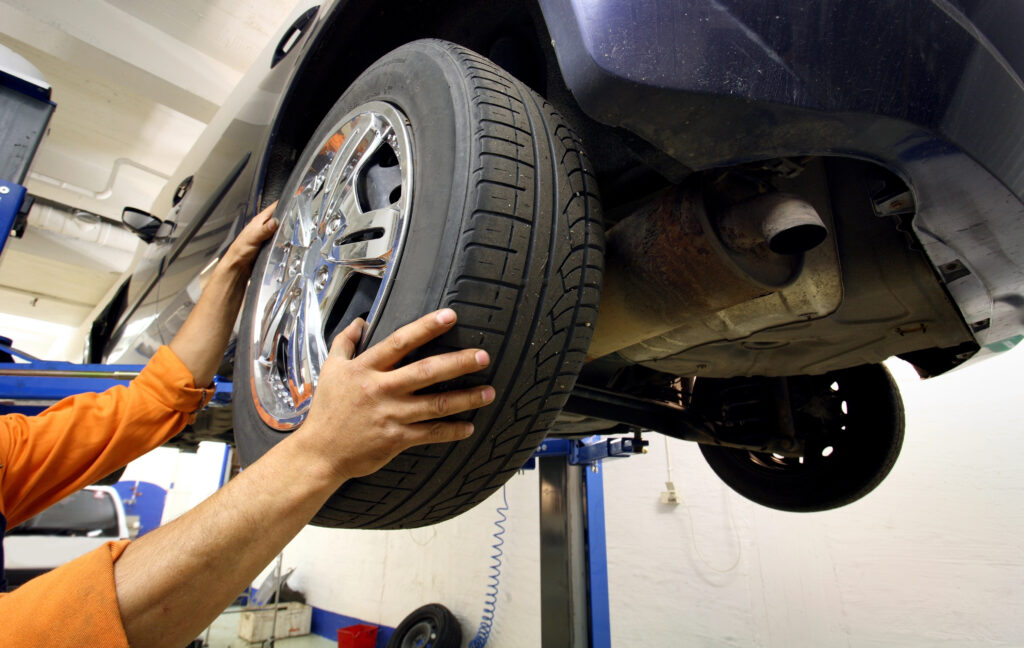The importance of servicing your car
Next to purchasing a home, buying a vehicle is the second largest purchase you’ll likely ever make during your lifetime. For many of us, the investment into a new or used car is one that needs to LAST for decades to come. In fact, budget-conscious consumers in the US are keeping their cars longer than ever, making on-going maintenance a top priority. For many people, getting a car past 200,000 miles is a challenge and increasingly, not all that difficult.
According to researchers, the average age of consumer vehicles on the road has reached an all-time high of around 11 years. For reference, a short look back in time shows that the average age of cars on the road in 2000 was only 9 years.
Where to Start
Ensuring your car lasts well beyond 200,000 miles requires consistent and proper maintenance. Take care of your car, and it will take care of you.
Proper maintenance will not only reduce incurred expenses over time, it can also help keep your car in safe and high performing condition, reducing the chances of an accident by keeping critical features and functions in perfect operational order.
If you’re like many car owners, you might not know much about ongoing maintenance, especially which is needed to hit 200,000+ miles without incurring major expenses.
But don’t worry, we’re here to help educate and inform, and with a little luck and elbow grease you’ll be well on your way to ensuring your car is here to stay.
Start with Your Manufacturer’s Manual / Warranty
No need to re-invent the wheel (pun intended). The manufacturer of your car knows what’s best for your specific make and model. As such, you should first default to your car’s manual for advice on basic maintenance like when to change spark plugs, rotate tires, carry out oil changes, etc.
Where things get tricky is once your car has surpassed the mileage numbers covered in your warranty/vehicle’s manual. Read on to learn more….
High Mileage Maintenance
The exact mileage and/or age at which the following will need replacement will vary greatly depending on the make and model of your car, as well as the conditions in which it is driven.
For example, a car used for cruising will experience different types of wear and tear than will a daily city commuter. Likewise, a car driven in snow and sleet half of the year will undergo different wear than one driven in the sun-drenched salty air of Florida.
That said, it is prudent to get regular inspections done on older vehicles in order to get ahead of any damage or wear before it becomes a larger issue.
Below are a number of things you’ll want to keep an eye on….
Spark of Life
Expect your car to (literally) fire on all cylinders? Then you had better keep a watchful eye on your spark plugs. Over time electrodes can wear away, increasing the “gap” of the plug, and thus requiring more energy to spark over time. Which, in turn, puts more stress on the coils.
Let Your Engine Breathe
Yep, we’re talking about O2 sensors here. Once your car hits 120,000+ miles its time to keep an eye on these bad boys. Over time combustion byproducts accumulate on the sensor and cause it to react slower. Once you reach 180,000+ miles we also suggest checking the MAF Sensor.
Tighten up that Belt
No, not the one around your waist. Belts are a vital part of your vehicle, maintaining the proper functioning of a number of operational processes. This is especially true of the timing belt.
Alignment
As your car ages, it may need re-alignment. Proper alignment will help reduce wear on suspension bushings, springs and tires.
Fluids
Just like your body, your car needs its own kind of hydration. Periodic assessments of fluid levels is needed more frequently as your car ages. A few key fluids to maintain include:
- Brake fluid
- Transmission fluid
- Coolant
- Engine oil
- Power steering fluid
Filters
You use then on your faucets and heating/cooling systems in your home. But did you know your car also needs regular filter replacement? Regular replacement of filters can extend the life of your fuel pump and engine.
Shocks and Struts
Typical recommendations for replacement of shocks and struts is every 50,000 miles or so.
Drivetrain Seals
A little leakage from these might not seem like a big deal, but failure to address them can result in a complete breakdown. Be sure to inspect driveshaft and axle seals regularly and replace at the first sign of wear.
Timing Belt / Chain
Timing belt malfunctions can result in major engine damage. Over time heat and pressure can wear these down. The first signs of failure may include: noises, check engine light or a knocking….none of which lead to anything good.
Keep those pipes clean
Carbon buildup in your fuel injectors can gum up systems, resulting in reduced performance.
Transmission and Engine Mounts
Vibration from the motor can wear out these mounts, causing your engine to wreak havoc on exhaust systems, shifter cables, and other systems under the hood.
Closing Thoughts
These days cars are lasting longer than ever. Improvements in technology are largely to credit, but so is routine maintenance. If you expect your car to treat you right for the next 200,000+ miles you need to make sure you do your part.
If all of your inside maintenance is up-to-date, now is the time for some outside renewal with a new paint job! Stop into an Econo location near you for a free estimate. You’ll be surprised at how affordable auto painting can be, when you trust your vehicle to Econo Auto Painting.
Show your car some love…




